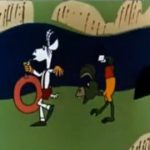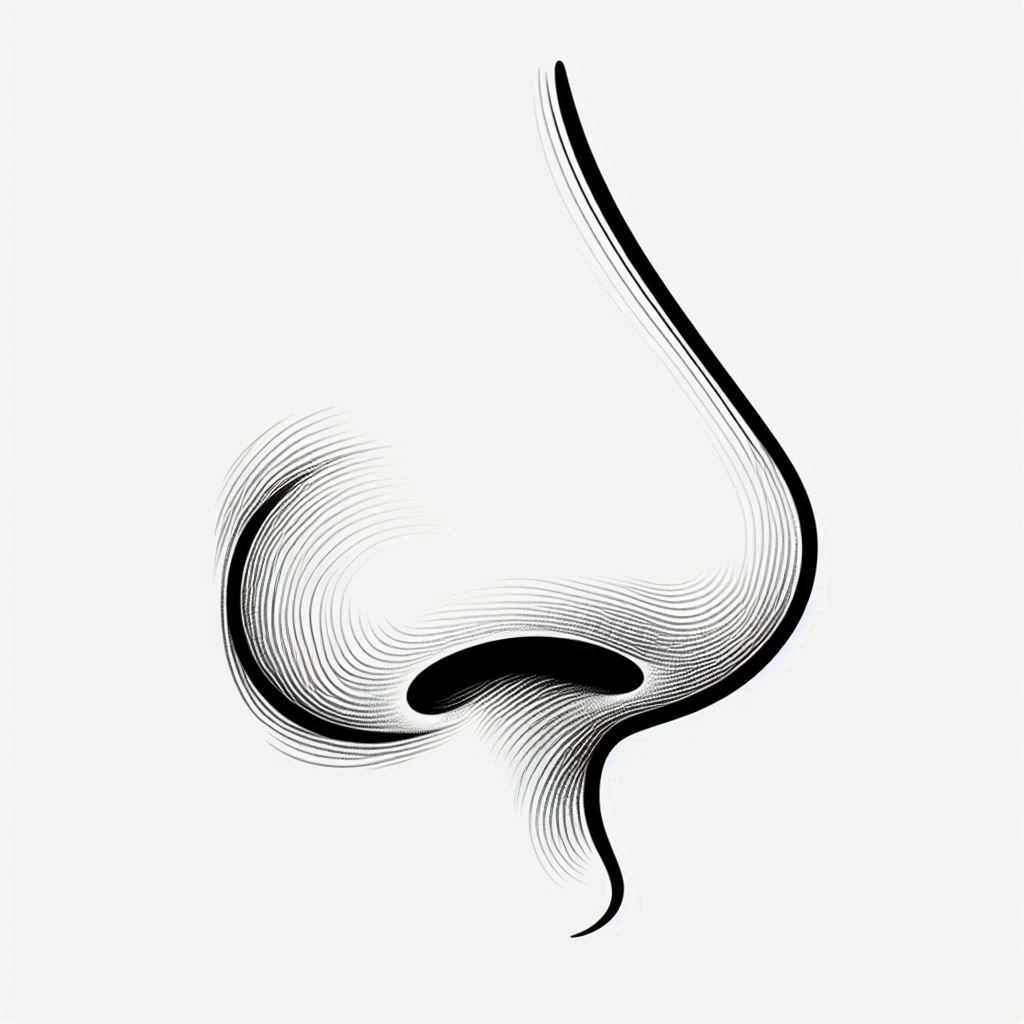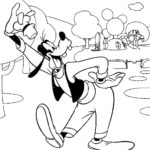Initial drawing exercises
Let's start the initial drawing exercises with the simplest geometric element, what is the point, and let us illustrate its position on any surface with a few examples. Let's think about it, how to arrange one, two, three and many points, that they constitute ordered systems. The point in the drawing can be presented as a circle for convenience.

Let's look at the drawing, on which it is located 12 squares, and there are different systems of points: middle, diagonals, symmetrical and asymmetrical. The same exercise can be done the other way around, by drawing points – black circles – on a white background. Let's draw and compare the two figures, by assessing their readability.
The next exercise is to represent the point and line segment in different layouts. By increasing the number of points and sections, we can obtain many graphic solutions.

In the case of practical implementation, one should remember about the dependence of these solutions on the technological properties of a given material.
The first exercises in drawing segments in a parallel, horizontal system, vertical, oblique to the right and left are shown in the picture.

They can be made by hand with a pencil, crayon, pen, ignite, mazakiem itd. or also with colored inks.
Another exercise, being a development of the previous one, is shown in the drawing.

A square is used here, which defines the enclosed area for each drawing. In addition to solid lines, dashed and dotted lines are drawn here, which apply in technical drawings. These lines can be of different thickness, depending on the size and nature of the drawing.
The figure shows the sections in different graphic layouts.

There are line segments intersection in this drawing, points common to several sections and arrangements of sections in any relation to each other. A development and extension of this exercise is illustrated in the figures.

Moving on, in turn, to simple geometric figures (triangles, quadrilaterals, polygons) we can draw them in different positions and connections, and divide them into smaller geometric figures, e.g. triangles).











